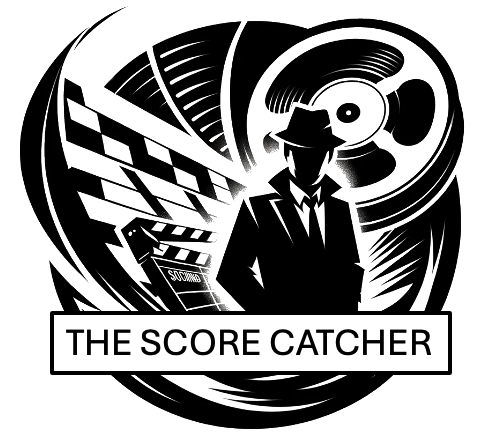Sunday, BBC2, 10:00pm
Martin Scorsese’s Raging Bull (1980) is a visceral tour-de-force that blurs the lines between art and savagery, much like its protagonist, Jake La Motta. Portrayed with ferocious intensity by Robert De Niro, the film chronicles the rise and fall of the middleweight boxing champion, a man whose battles in the ring are mirrored by his personal demons outside it. Shot in stark black and white, the film’s visuals are as brutal and elegant as La Motta himself. It’s not a sports film—it’s a tragedy about a man undone by his own insecurities, rage, and capacity for self-destruction. But while the punches land with thudding realism, the soul of Raging Bull lies in its hauntingly beautiful soundtrack.

Scorsese’s decision to use a pre-existing soundtrack instead of an original score was unconventional but genius. The film is underscored by classical and operatic pieces, most notably Pietro Mascagni’s Cavalleria Rusticana: Intermezzo. This lilting melody, juxtaposed with the brutal imagery of boxing and La Motta’s spiraling life, creates a stark emotional resonance. It’s a score that whispers melancholy into the chaos, amplifying the emotional weight of La Motta’s fall. The soundtrack also features a carefully curated selection of period-appropriate popular music—big band hits and Italian ballads—that ground the story in its 1940s and 1950s setting. The music becomes an ironic counterpoint to La Motta’s volatile existence, evoking nostalgia for a time when the world outside the ring seemed simpler and more harmonious than the one inside his tormented mind.
For soundtrack aficionados, Raging Bull is a fascinating case study. Scorsese’s use of Mascagni’s opera made the piece an inseparable part of film history, and it’s often revisited in tributes and retrospectives. Ultimately, the music in Raging Bull is as complex and devastating as La Motta himself, proving that sometimes, the best scores aren’t written to order, but carefully unearthed from history.
- Paul Allen
